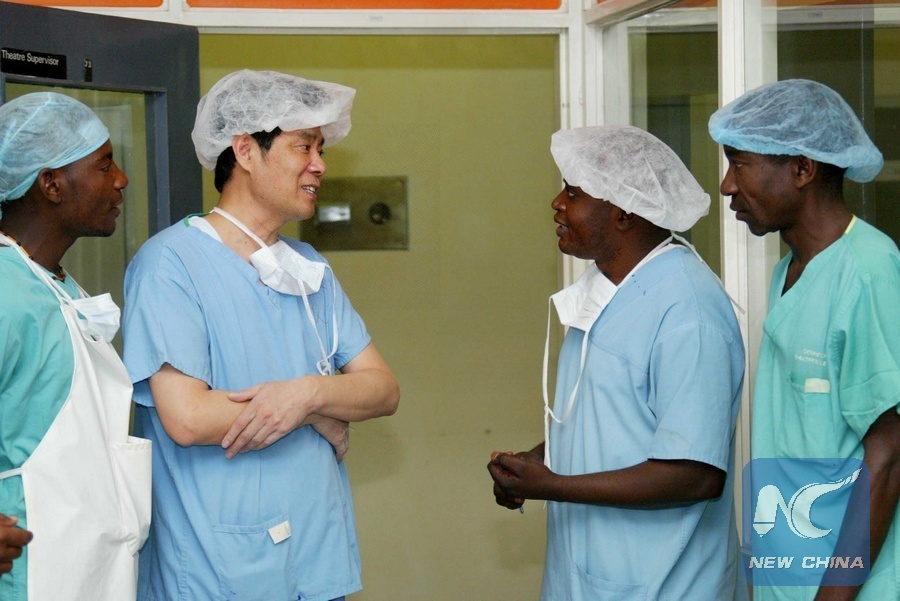Catalyzing Malaria Eradication: China’s Role in Global Surveillance and Response
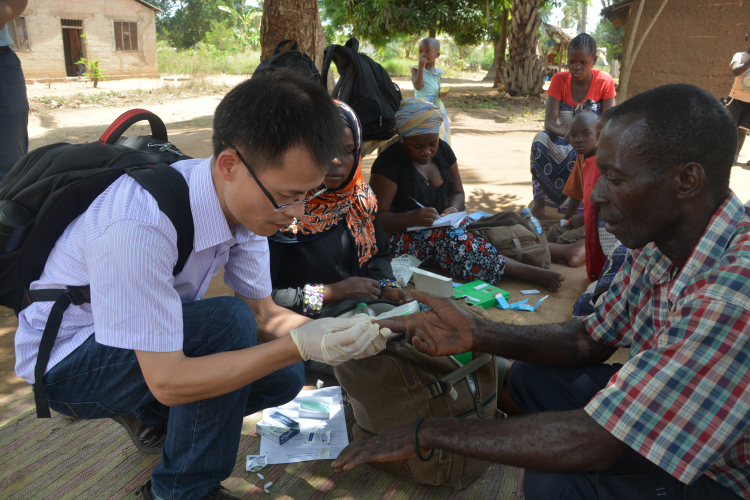
November 7, 2023 | Miaomiao Long, 2023 Summer Intern, Bridge Consulting
The recent recommendation by the WHO for the Oxford R21 malaria vaccine and GAVI’s earlier commitment to rolling out the GSK RTS, S malaria vaccine across 12 African nations has rekindled enthusiasm and optimism in the ongoing battle against malaria. Promising in their protection of children from the disease, the vaccines’ modest efficacy and limited supply still require more support from both GAVI and countries’ national immunization program to secure adequate coverage. In the meantime, the intricate history of the fight against malaria is also underscoring the need for a more comprehensive approach to outmaneuver the disease. While vaccine innovation greatly enhances disease prevention, challenges like parasite complexity and antimalarial drug resistance impose heightened demands for greater understanding and adaptation. As one of the largest countries in the world to eliminate malaria, China’s efforts in surveillance may provide some lessons for learning.
As disruptions from COVID-19, rising resistance, and the spread of mosquitos to new regions continue to threaten progress towards elimination, effective surveillance and response systems (SRS) across various levels of healthcare have played a pivotal role in providing timely and essential data for the strategic deployment of interventions. The insights gained from this system not only facilitate decision-making but also drive advancements in malaria-related R&D, ultimately accelerating the elimination of malaria.
However, challenges remain in the inadequacy of SRS systems in countries with moderate to high malaria transmission, which collectively account for a significant portion of the global malaria burden.
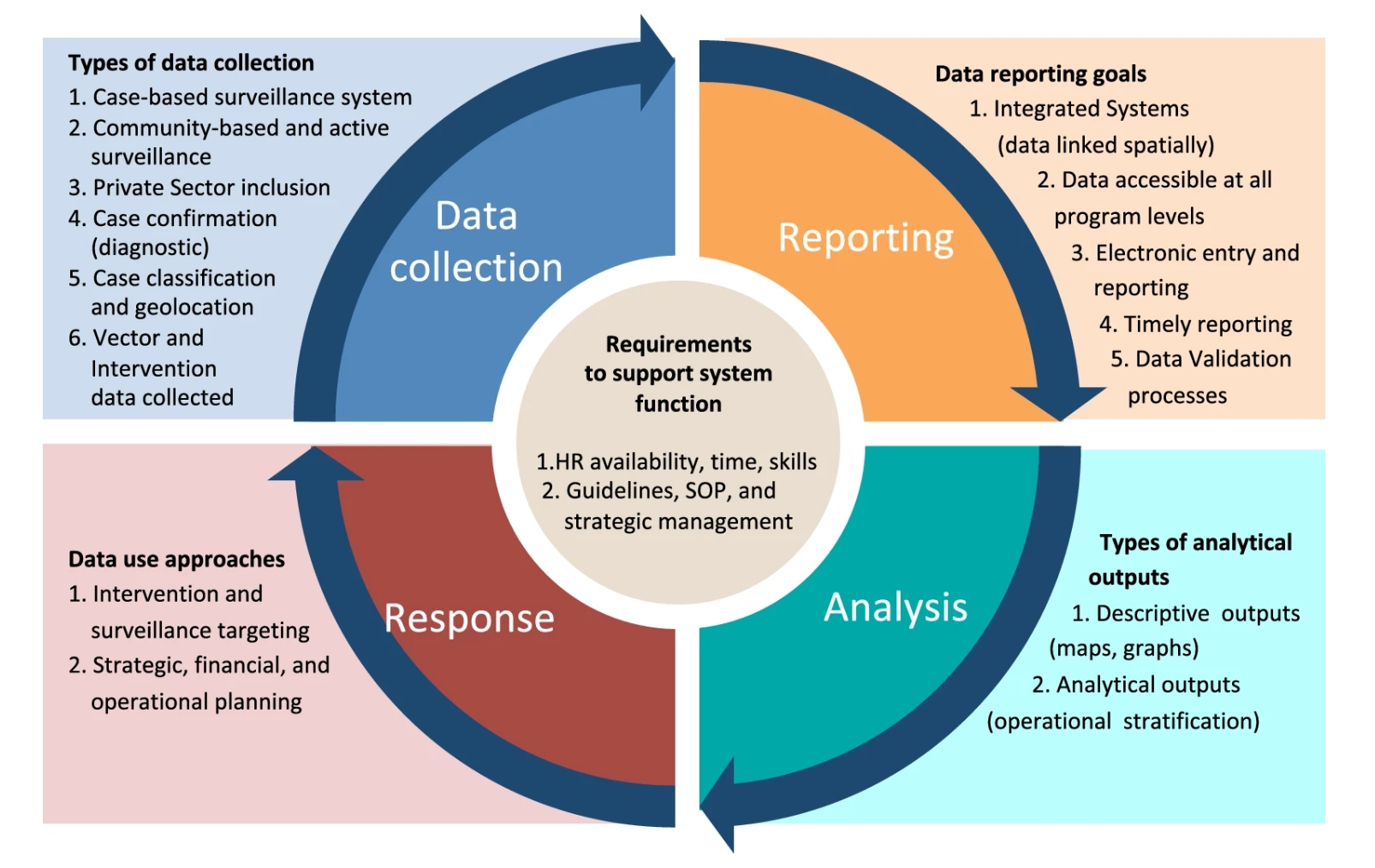
Surveillance loop framework with key indicators for primary components of data collection, reporting, analysis, and response | Source: BMC
The 2022 World Malaria Report highlighted this issue, as data from 30 African countries with high transmission had to be derived from parasite prevalence household surveys rather than health information systems due to concerns over the quality of the surveillance data. Meanwhile, an evaluation of global surveillance system performance noted the influence of data quality on important epidemiological data. Taking India as an example, estimates of annual malaria-related deaths have varied from an average of 1,000 to 15,000 to 125,000 when looking at different sources like the National Vector Borne Disease Control Programme, World Malaria Report or national surveys. This inconsistency highlights the pressing need for improvements in surveillance systems to enhance the accuracy of indicators and their use in planning interventions.
In searching for an example of useful surveillance, we can look at how China and how through guiding its vast territory from 30 million malaria cases to a triumphant zero, it used effective SRS in the relentless fight against malaria and is now continuing its focus on SRS, and even actively engaging in international cooperation to advance this initiative.
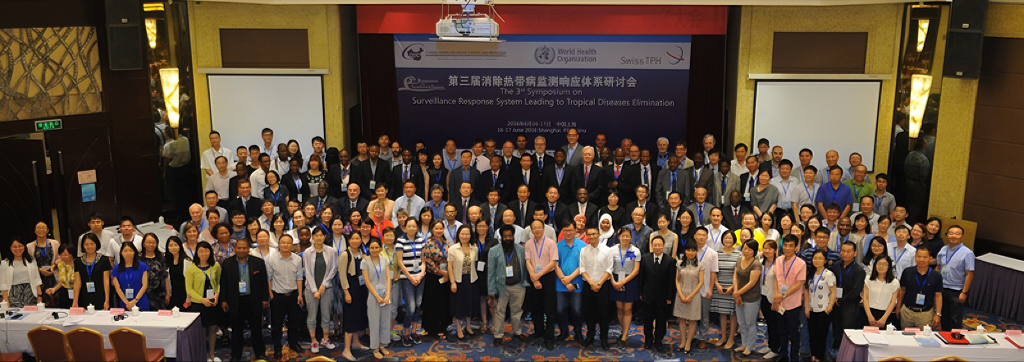
3rd International Forum on Surveillance-Response System Leading to Tropical Disease Elimination (ISRS) | Source: China CDC, NIPD
China: from national elimination to global eradication
While the WHO certified China for eliminating malaria in 2021, hundreds of imported malaria cases each year challenges this hard-won victory. This shifted dynamic between China and malaria has necessitated a reallocation of resources. Transitioning from previous accomplishments in artemisinin and drug production (explore more in our previous article), China is now bolstering malaria surveillance on the international stage.
The three institutes that carry out most international cooperation are the National Institute of Parasitic Diseases (NIPD), Jiangsu Institute of Parasitic Diseases (JIPD), and Yunnan Institute of Parasitic Diseases (YIPD). YIPD is situated in Yunnan along borders with Laos, Myanmar, and Vietnam. Its geographical location allows it to take a lead in international cooperation with bordered countries within the Lancang-Mekong region, while grappling with the challenge of imported cases. JIPD and NIPD, located in Nanjing and Shanghai respectively, collectively drive broader international collaboration. JIPD additionally conducts training courses for students and officials from African and Southeast Asian nations.
Overall, China’s proactive drive to enhance the international Surveillance and Response System unfolds through three key channels: implementation of international cooperation projects, participation in existing networks, and initiation of new partnerships.
International cooperation projects: Following WHO’s inclusion of China’s unique “1-3-7” surveillance and response approach in its technical guidelines, projects were implemented to help localize the approach. In Africa, in addition to the success of a pilot project in Tanzania, China has helped strengthen SRS capabilities in African districts and villages across Burkina Faso, Senegal, Tanzania, and Zambia, usually through tripartite collaboration with organizations like the Bill & Melinda Gates Foundation, UNICEF, UNDP, and World Bank lending local expertise for seamless execution. In the Greater Mekong Subregion, Yunnan Province has been deeply engaged, spearheading border malaria control initiatives in Laos, Myanmar, and Cambodia.
Collaborative partnership & leadership: Within the Asia-Pacific area, China plays an active role in the Asia Pacific Malaria Elimination Network (APMEN) and the Mekong Malaria Elimination Programme (MME). Notably, JIPD leads the Surveillance and Response Working Group in APMEN. Through these collaborative networks, China shares its domestic measures, surveillance tools, and evidence with partner countries.
Establishing international networks: As a pivotal driver in enhancing SRS, China holds a long-term vision for establishing a global network on surveillance and response, not only for malaria, but tropical diseases at large. In line with this vision, China initiated the International Forum on Surveillance-Response System Leading to Tropical Disease Elimination (ISRS) and Institutional-based Network of China-Africa Cooperation on Malaria Elimination (INCAM).
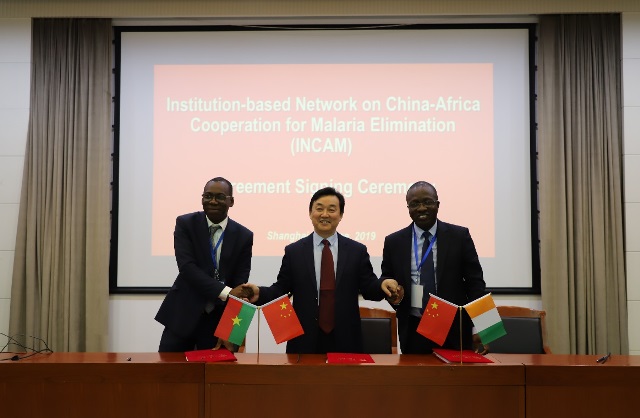 Signing Ceremony of Institution-based
Network on China-Africa Cooperation for Malaria Elimination (INCAM) | Source: China CDC, NIPD
Signing Ceremony of Institution-based
Network on China-Africa Cooperation for Malaria Elimination (INCAM) | Source: China CDC, NIPD
While ISRS envisioned a global platform for scientists to share their knowledge and experiences pertaining to the control, prevention and elimination of major tropical diseases, INCAM fosters China-Africa collaboration in malaria elimination by connecting African research centers and institutes with those in China. As of 2023, ISRS has expanded its international network to 6 countries, such as Switzerland, the UK, Egypt, Tanzania and Zimbabwe, and INCAM boasts participation from research centers and institutes across 9 African countries.
Despite China’s considerable efforts, a significant investment gap persists in the development of more robust surveillance systems. The 2022 World Malaria Report reveals that only 12.5% of total malaria funding in 2021 was allocated to activities relevant to surveillance (10% for vector control product R&D, and 2.5% for diagnostics). The majority of funding is channeled into the development of vaccines, basic research, and therapeutics. Major donors like the Global Fund, the US National Institutes of Health (NIH), and industry stakeholders maintain their focus on technological innovation, with only philanthropic donors like the Gates Foundation consistently supporting this field. This disproportionate distribution of funding renders surveillance programs more vulnerable when overall funding decreases, as has been observed during the pandemic. In fact, funding for 2021 saw a 7.9% reduction compared to 2020. Given the close interconnection between surveillance and advancements in basic research and other prevention measures, it becomes increasingly imperative to secure more substantial and sustained funding for this critical area in the long term.
Enhancing national malaria surveillance and response system, alongside fostering robust international communication, holds the potential to significantly propel the worldwide fight against malaria—standing on equal footing as the impact of scientific and technological innovations. China, recognizing this, has actively worked towards using its detection and response capabilities within regional and global projects. As countries continue on in their fight against malaria, China experience shows how surveillance should not be overlooked as a core part of success towards sustained elimination.
About The Author
Miaomiao Long
Miaomiao Long is a Research Intern at Bridge Consulting and a graduate student specializing in International Relations at Beijing Foreign Studies University. Leveraging her background in global health, her research interests lie in health policy and development management for low and middle-income countries. Find Miaomiao on LinkedIn.

